Cars are an integral part of our daily lives, ferrying us from one destination to another with ease and efficiency. But beyond their practical utility, cars are also marvels of engineering and design, with a rich history filled with fascinating facts and trivia. From record-breaking speedsters to quirky innovations, the world of automobiles is full of surprises waiting to be discovered.
1. The first car accident in history occurred in 1891 in Ohio, when a vehicle collided with a tree.
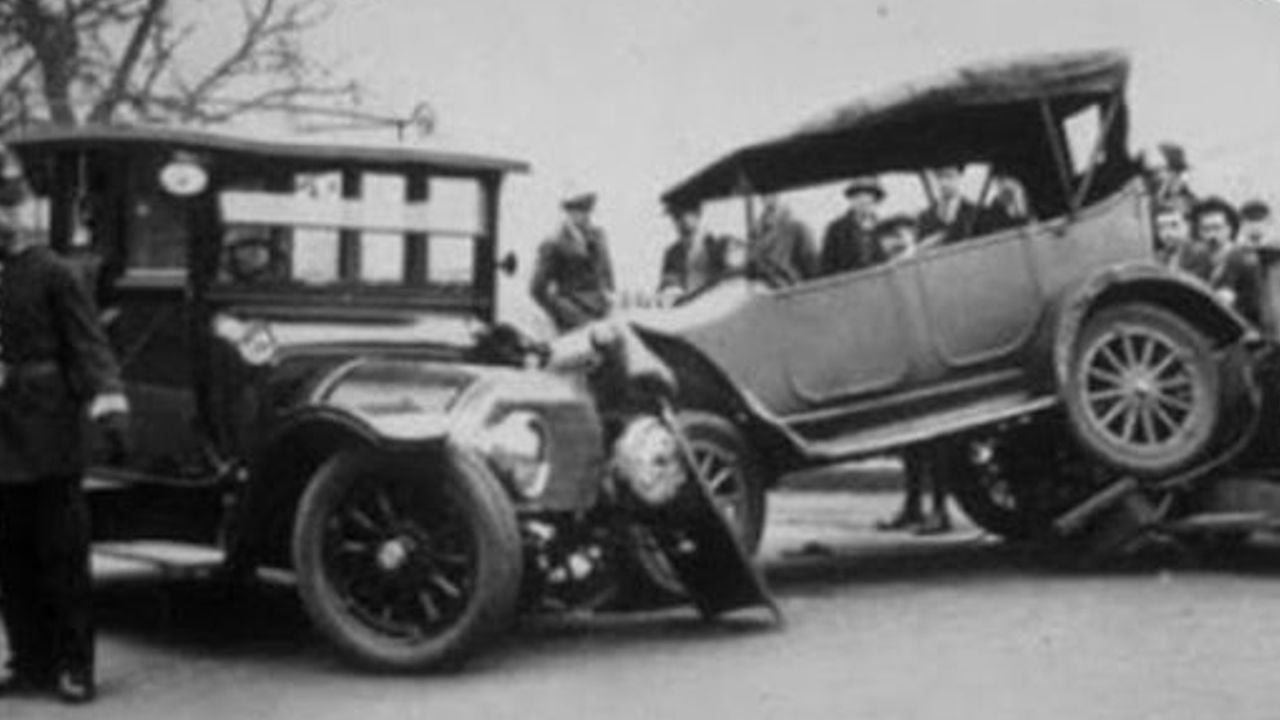
This incident marked a significant moment in automotive history, highlighting the need for improved safety measures and regulations as automobiles became more widespread. The accident, involving a steam-powered carriage, resulted in minor injuries to the driver, James William Lambert, but it served as a stark reminder of the potential dangers of this new mode of transportation.
2. The Volkswagen Beetle, originally designed by Ferdinand Porsche, is one of the best-selling cars of all time.
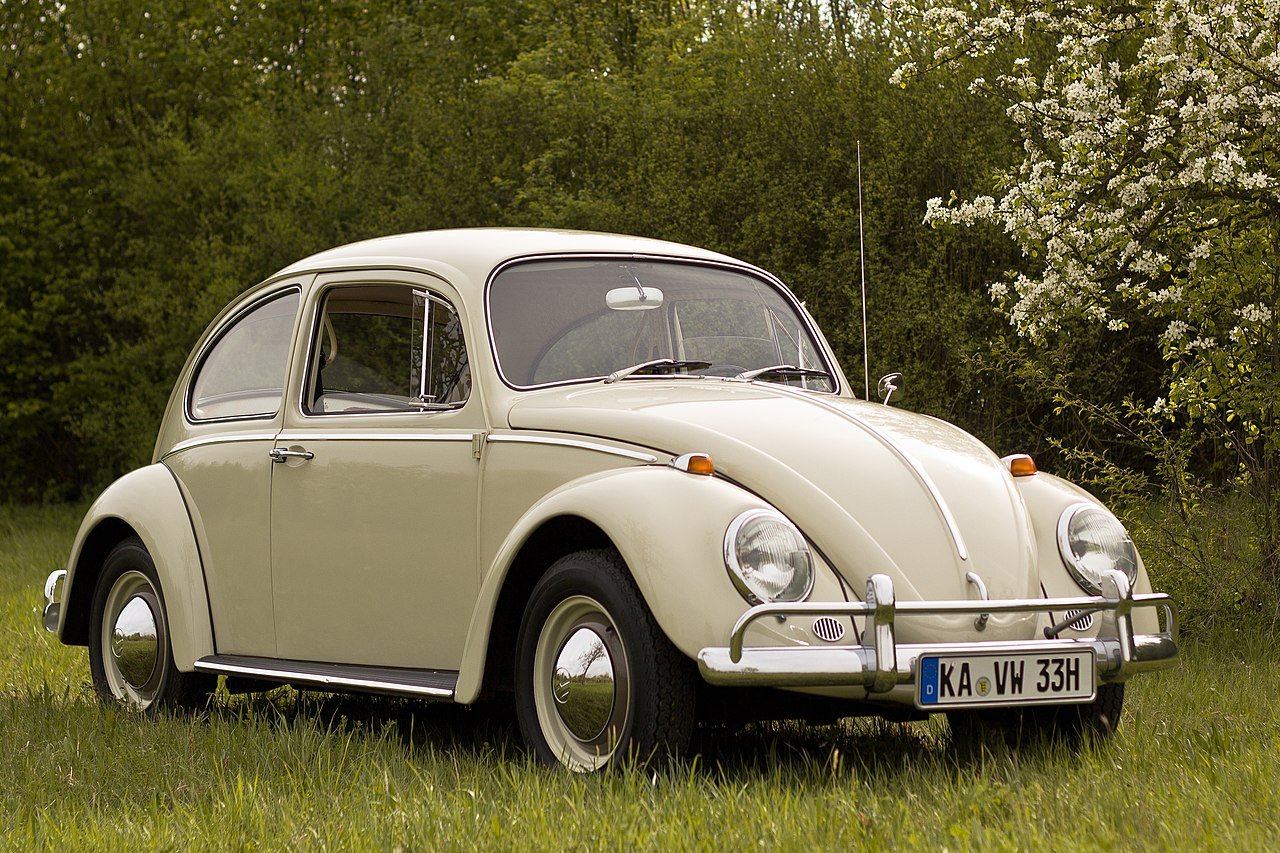
Originally commissioned by Adolf Hitler to create a “people’s car” for the German masses, the Beetle went on to become an automotive icon beloved by millions around the world. Its distinctive design and affordable price tag made it a staple on roads worldwide, earning it a place in automotive history as one of the most influential cars ever produced.
3. The average car has over 30,000 individual parts.
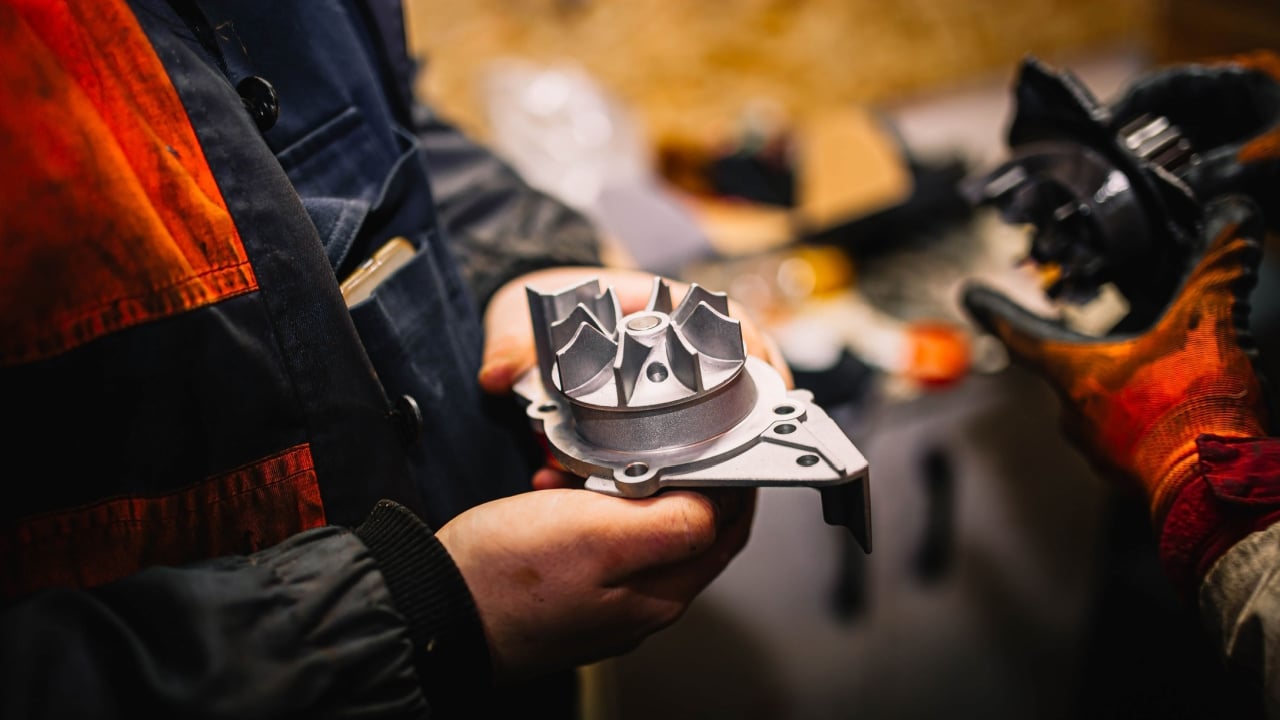
From nuts and bolts to intricate electronic components, modern cars are marvels of engineering with an astonishing number of parts working together to provide transportation. This staggering figure underscores the complexity of automotive design and manufacturing, highlighting the precision and attention to detail required to build a functioning vehicle.
4. The world’s fastest production car is the Bugatti Chiron Super Sport 300+, with a top speed of over 300 mph.
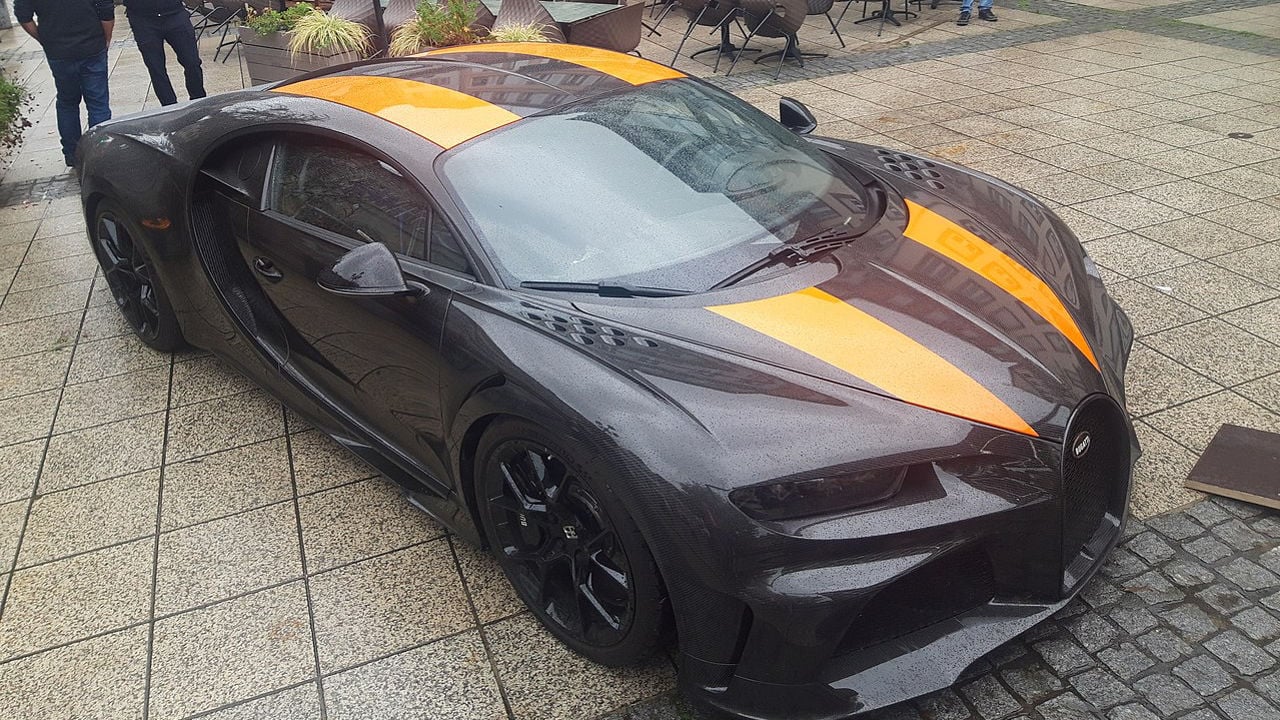
With its quad-turbocharged W16 engine producing over 1,600 horsepower, the Bugatti Chiron Super Sport 300+ shattered speed records and pushed the boundaries of automotive performance. Its aerodynamic design and advanced engineering make it a true marvel of modern automotive technology, capable of reaching speeds previously thought impossible for a production car.
5. The Rolls-Royce Phantom has a special feature called the “Spirit of Ecstasy,” a hood ornament that can retract into the grille for security.
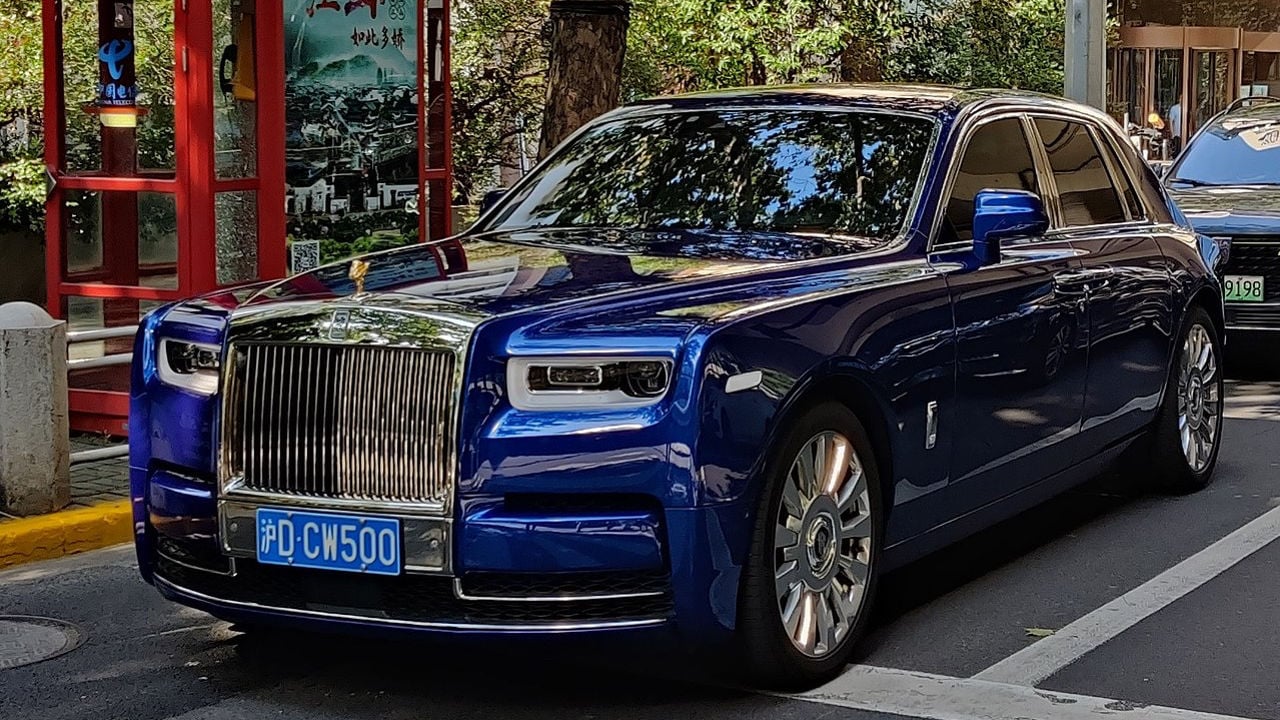
Designed by Charles Robinson Sykes and first fitted to Rolls-Royce cars in 1911, the Spirit of Ecstasy is one of the most iconic automotive symbols in the world. Its ability to retract into the grille at the touch of a button adds an extra layer of security and elegance to the Rolls-Royce Phantom, ensuring that this legendary emblem remains safe from theft or damage.
6. The Mercedes-Benz G-Class was originally designed as a military vehicle but has since become a luxury SUV icon.

Born out of a need for a rugged and reliable off-road vehicle for military use, the Mercedes-Benz G-Class, or “G-Wagen,” has evolved over the decades into a symbol of luxury and status. Its boxy design and impressive off-road capabilities have made it a favorite among celebrities and enthusiasts alike, cementing its place as a timeless automotive icon.
7. The Ferrari Testarossa’s side strakes are not just for show—they help cool the engine by channeling air to the radiators.
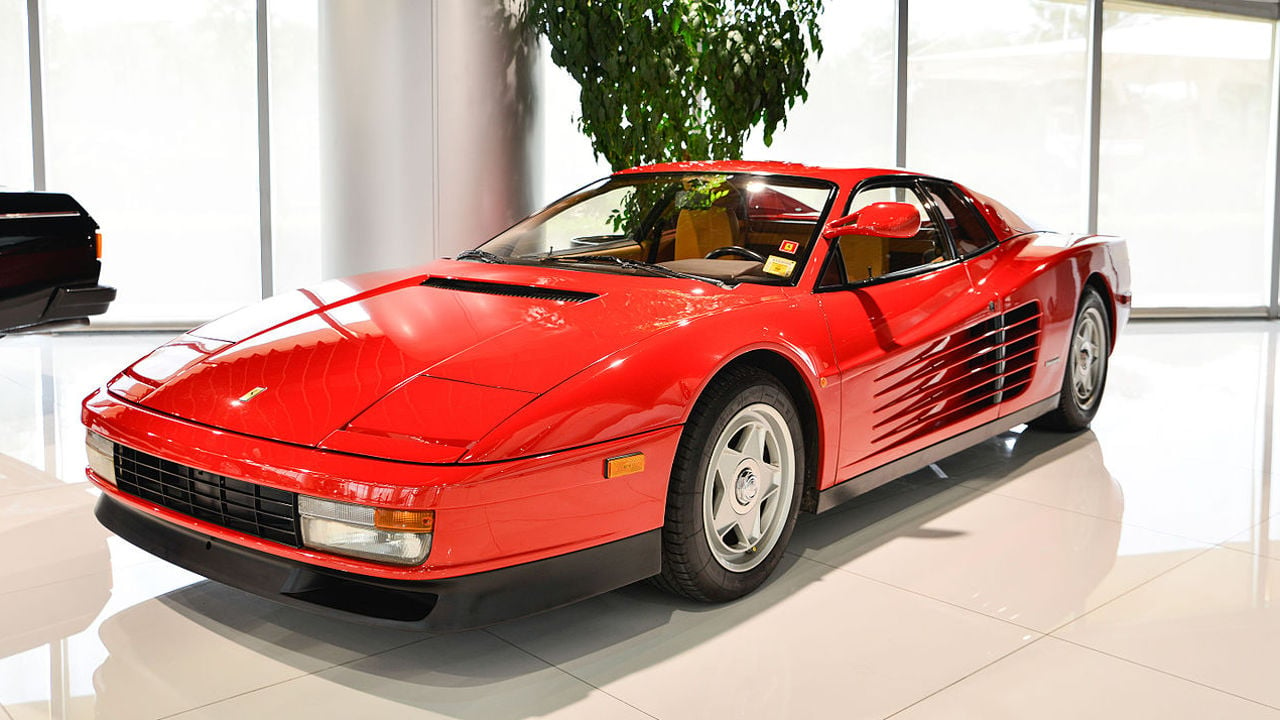
The distinctive side strakes, or “cheese graters,” on the Ferrari Testarossa serve a practical purpose beyond their aesthetic appeal. By directing airflow to the rear-mounted radiators, they help dissipate heat generated by the mid-engine layout, ensuring optimal engine performance and reliability during spirited driving.
8. The Ford Model T, introduced in 1908, was the first car to be mass-produced on an assembly line.
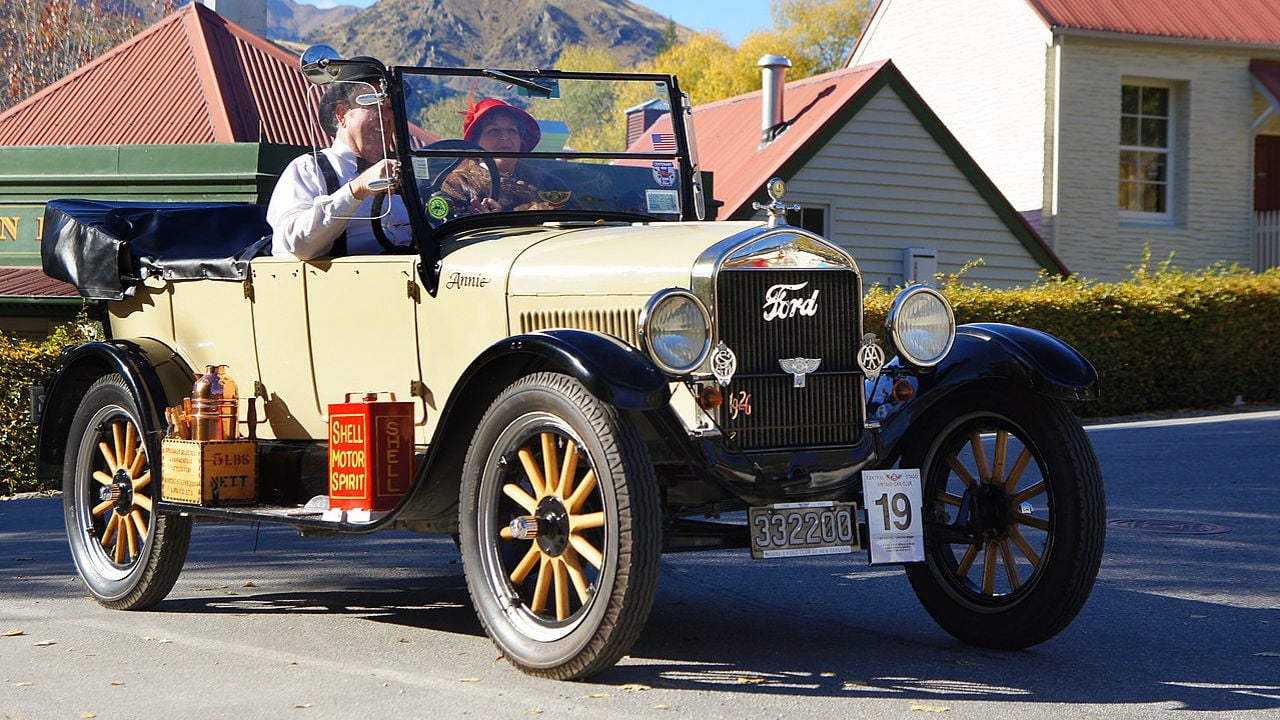
Henry Ford revolutionized the automotive industry with the introduction of the Model T and the implementation of assembly line production techniques. By standardizing parts and streamlining the manufacturing process, Ford was able to drastically reduce the cost of production, making cars more affordable and accessible to the masses.
9. The Lamborghini Countach was the first production car to feature scissor doors, a design element now synonymous with the brand.
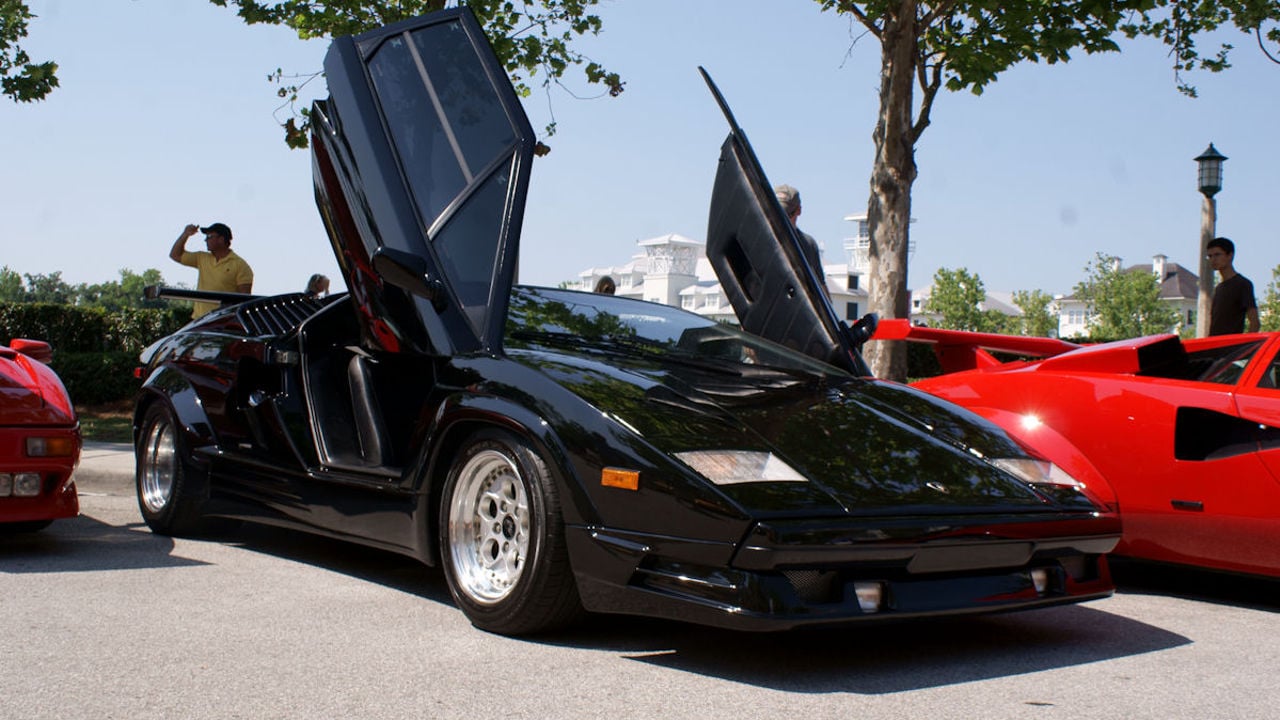
Debuted at the 1971 Geneva Motor Show, the Lamborghini Countach stunned the automotive world with its futuristic styling and groundbreaking features. Chief among these was its iconic scissor doors, which not only added a touch of drama to the car’s appearance but also served a practical purpose by allowing for easier ingress and egress in tight parking spaces.
10. The Chevrolet Corvette was originally going to be named the “Corvair,” but Chevrolet changed the name to avoid confusion with another model.
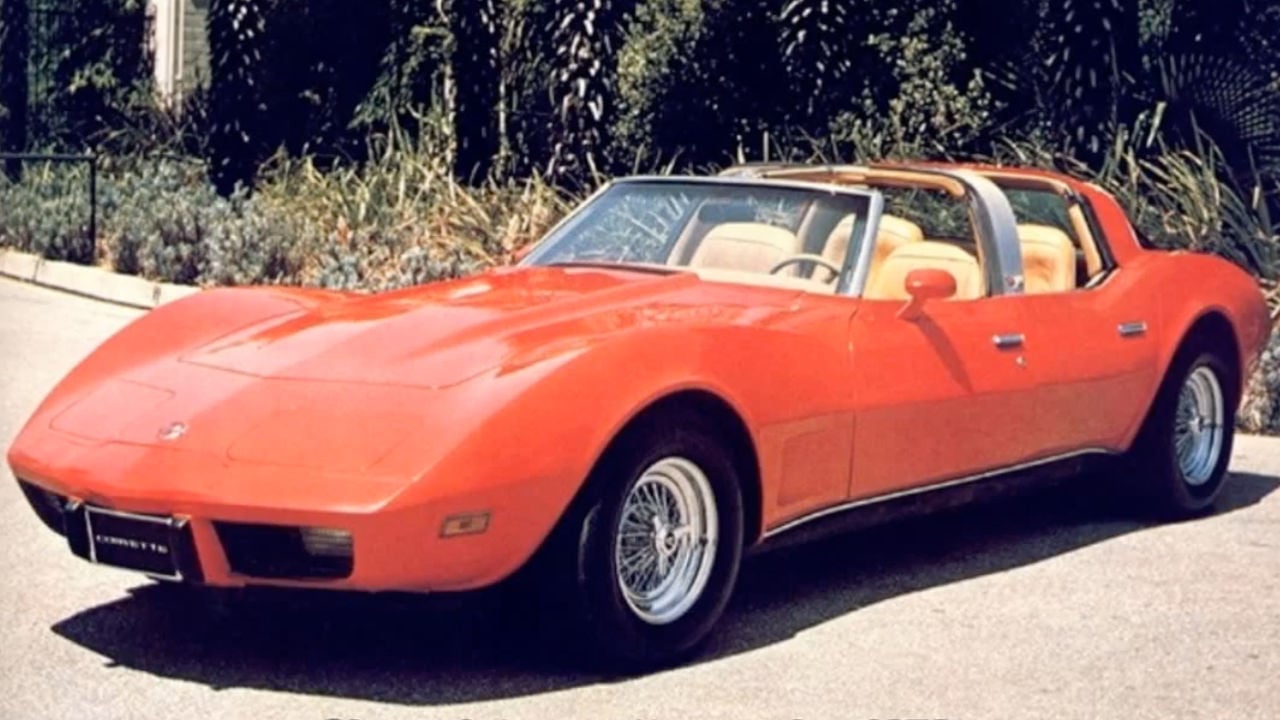
Before settling on the name “Corvette,” Chevrolet considered several other options, including “Corvair” and “Corvella.” Ultimately, the name “Corvette” was chosen as a tribute to small, fast naval escort ships, reflecting the car’s sleek design and agile performance on the road.
11. The Bugatti Veyron’s tires cost over $42,000 per set and need to be replaced every 2,500 miles due to the extreme speeds they endure.
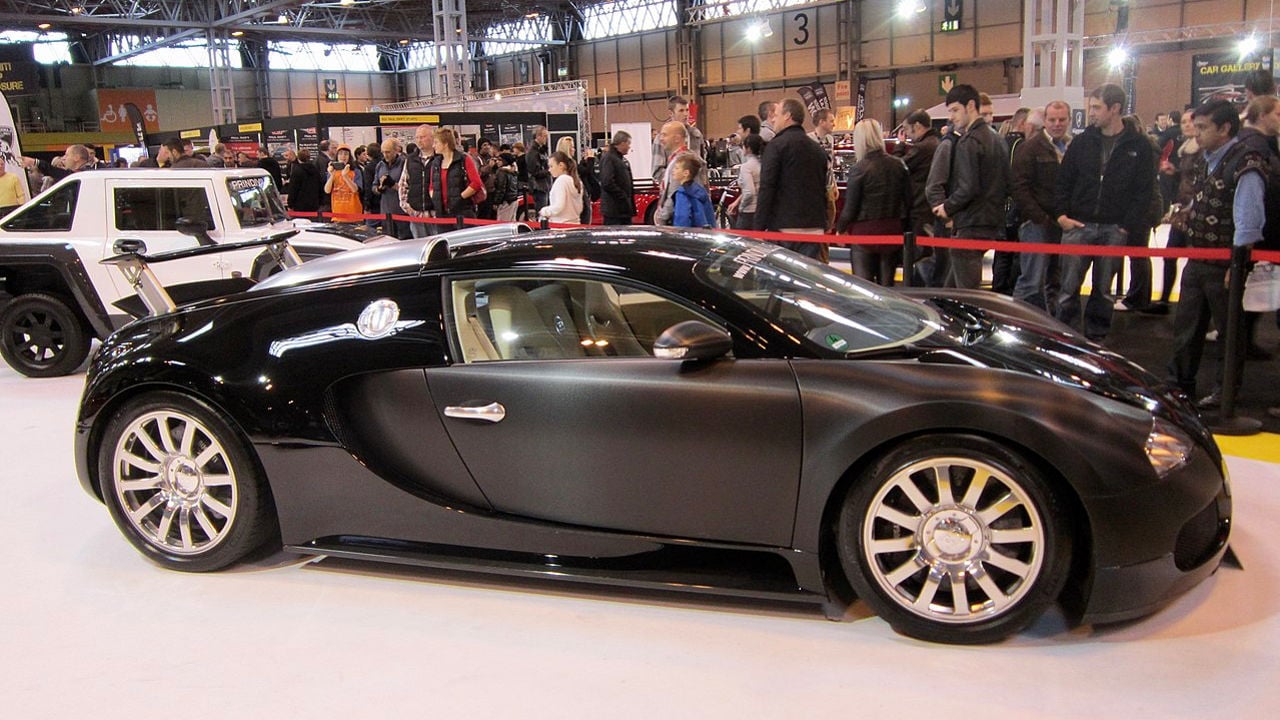
The Bugatti Veyron’s tires are a marvel of engineering, capable of withstanding the incredible forces generated by the car’s quad-turbocharged W16 engine and achieving speeds in excess of 250 mph. However, this level of performance comes at a price, with tires needing frequent replacement to maintain safety and performance standards.
12. The first car to have seat belts as standard equipment was the Volvo PV544, introduced in 1959.
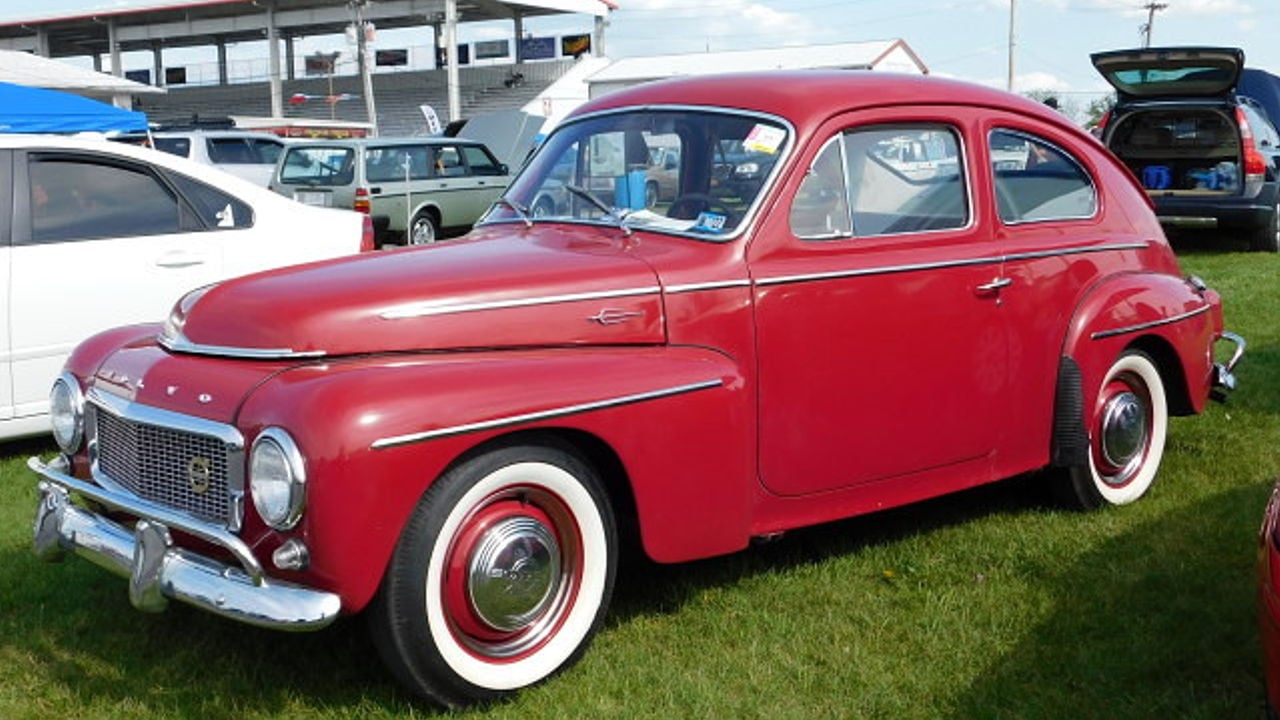
Volvo has long been a pioneer in automotive safety, and the PV544 was no exception. By making seat belts standard equipment, Volvo set a new standard for passenger safety and helped pave the way for the widespread adoption of this life-saving technology in cars around the world.
13. The Porsche 911’s distinctive shape has remained largely unchanged since its introduction in 1963.
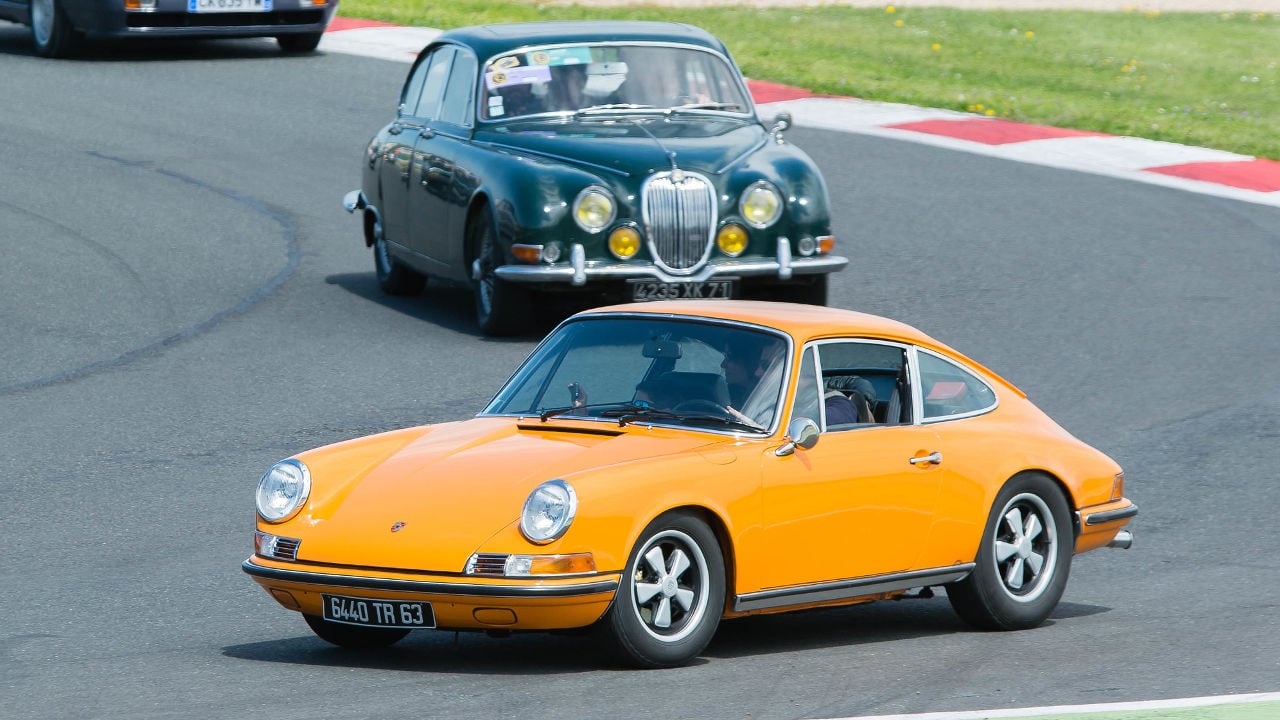
With its sloping roofline, round headlights, and rear-engine layout, the Porsche 911 has a timeless design that has endured for over five decades. While the car has evolved over the years with advances in technology and engineering, its iconic silhouette remains instantly recognizable to enthusiasts and casual observers alike.
14. The Cadillac Ranch in Texas features ten Cadillac cars buried nose-down in the ground as an art installation.

Created by the art collective Ant Farm in 1974, the Cadillac Ranch is a whimsical and surreal roadside attraction that has become a cultural landmark in Texas. Visitors are encouraged to spray paint the cars with graffiti, resulting in an ever-changing canvas of colorful artwork that reflects the creativity and individuality of its visitors.
15. The Toyota Corolla is the best-selling car model in history, with over 44 million units sold worldwide.
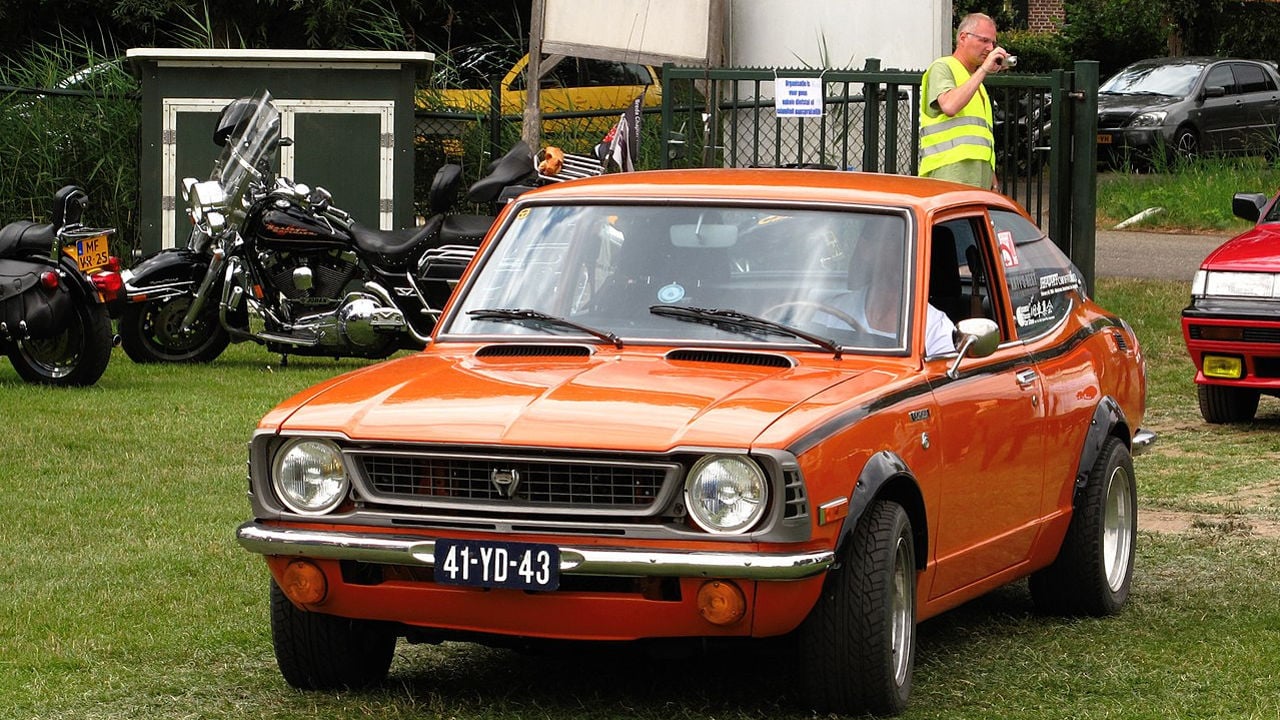
Since its introduction in 1966, the Toyota Corolla has been a global success story, thanks to its reputation for reliability, fuel efficiency, and affordability. With millions of loyal customers around the world, the Corolla has cemented its place in automotive history as one of the most beloved and best-selling cars of all time.
16. The Batmobile used in the 1960s Batman TV series was based on a modified Lincoln Futura concept car.
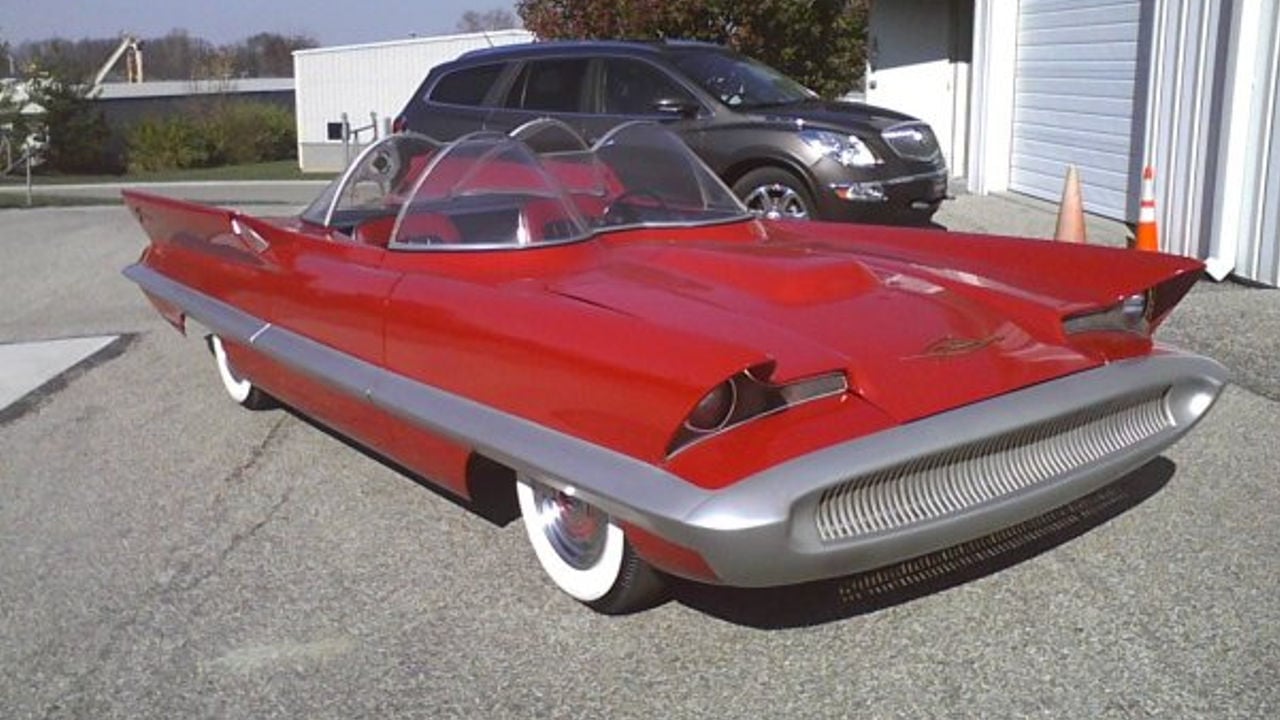
Designed by legendary car customizer George Barris, the iconic Batmobile featured in the 1960s Batman TV series was built on a 1955 Lincoln Futura concept car. With its sleek design, rocket thrusters, and crime-fighting gadgets, the Batmobile captured the imagination of viewers and became an enduring symbol of the Caped Crusader’s crusade against crime.
17. The Jeep Wrangler’s design was inspired by the military Willys MB used during World War II.

Originally developed for military use during World War II, the Jeep became an icon of American ingenuity and ruggedness. The Jeep Wrangler, introduced in 1986, pays homage to its military roots with its iconic seven-slot grille, boxy silhouette, and off-road capabilities, making it a favorite among adventurers and outdoor enthusiasts.
18. The McLaren F1’s engine bay is lined with gold foil to help dissipate heat.
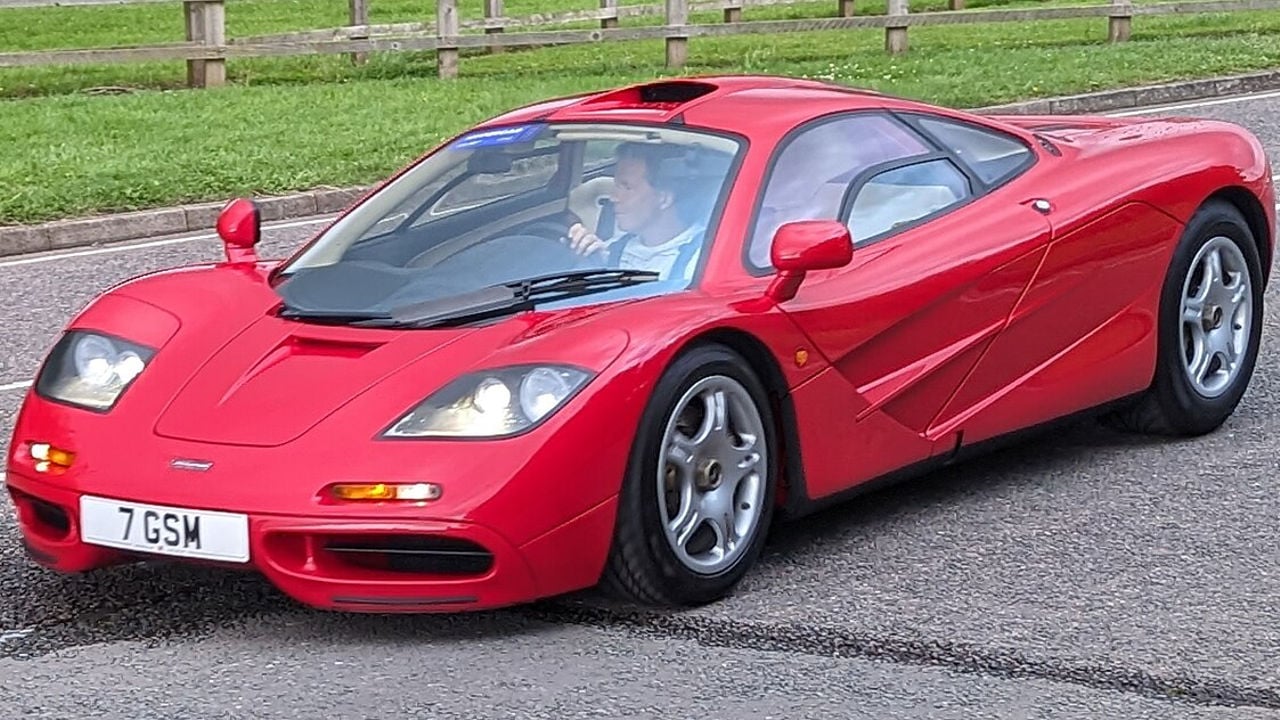
To ensure optimal engine performance and reliability, the McLaren F1’s BMW-sourced V12 engine is surrounded by gold foil insulation, which helps dissipate heat generated by the engine’s high-performance operation. This attention to detail is just one example of the meticulous engineering that went into creating one of the world’s most iconic supercars.
19. The first car radio was invented in 1929 by Paul Galvin, who founded Motorola.
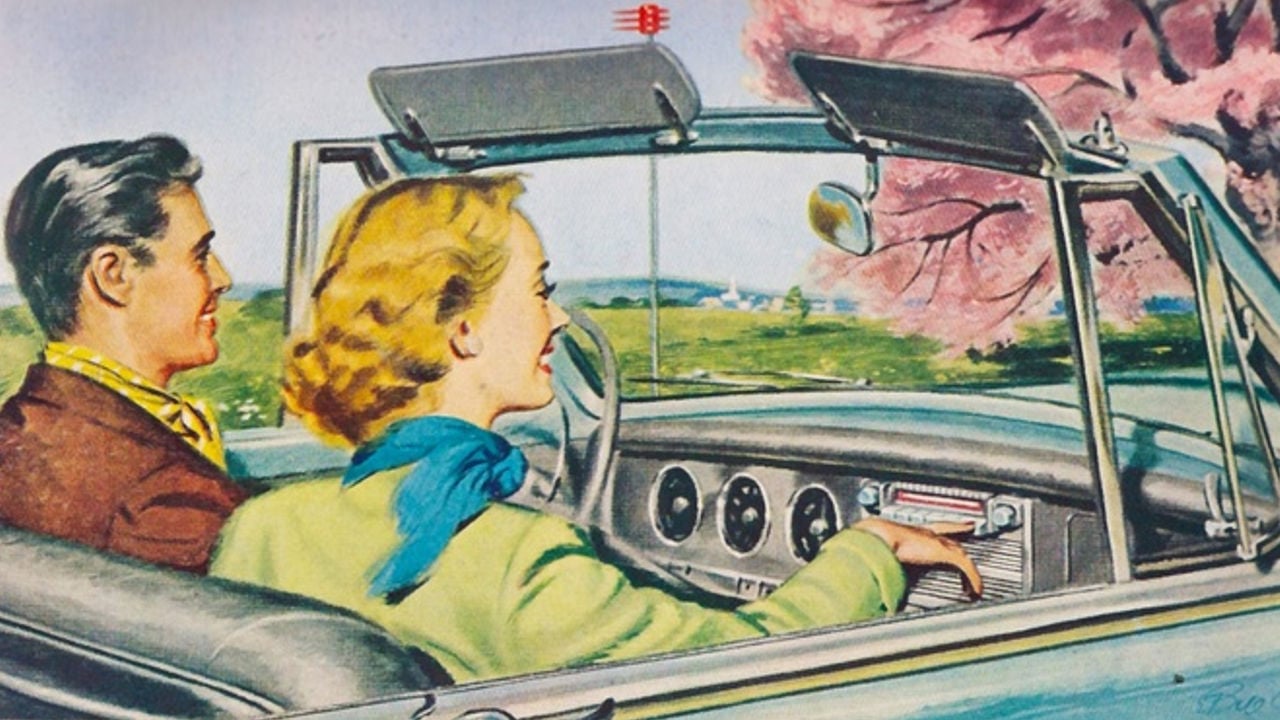
Paul Galvin’s invention revolutionized the way people experienced music and entertainment on the road, paving the way for the modern car audio systems we enjoy today. Galvin’s company, Motorola, went on to become a leading manufacturer of car radios and electronics, cementing its place in automotive history.
20. The Aston Martin DB5 gained fame as James Bond’s car in the movie Goldfinger.
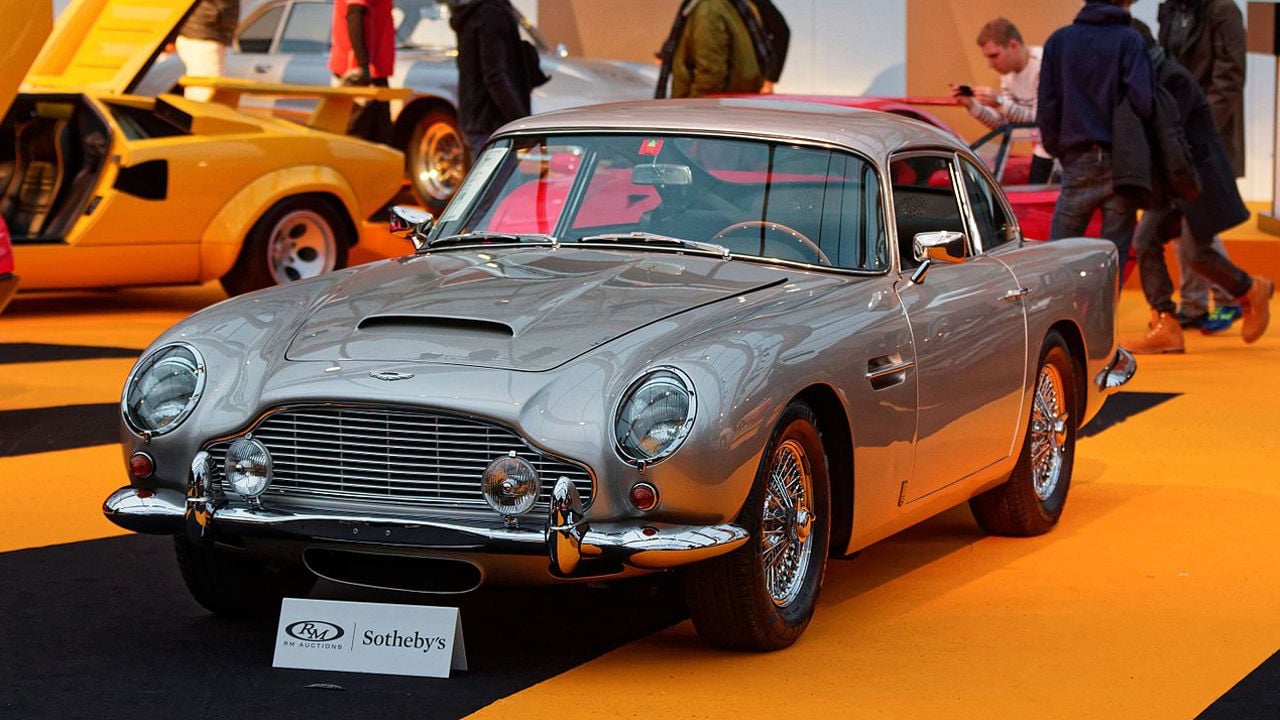
Featured prominently in the 1964 film Goldfinger, the Aston Martin DB5 became synonymous with the James Bond franchise and helped solidify the character’s image as a suave and sophisticated secret agent. Equipped with an array of gadgets, including machine guns, ejector seats, and revolving license plates, the DB5 captured the imagination of audiences around the world and remains one of the most iconic cars in cinema history.
21. The “T” in the Ford Model T stands for “touring,” indicating that it was designed for family outings.
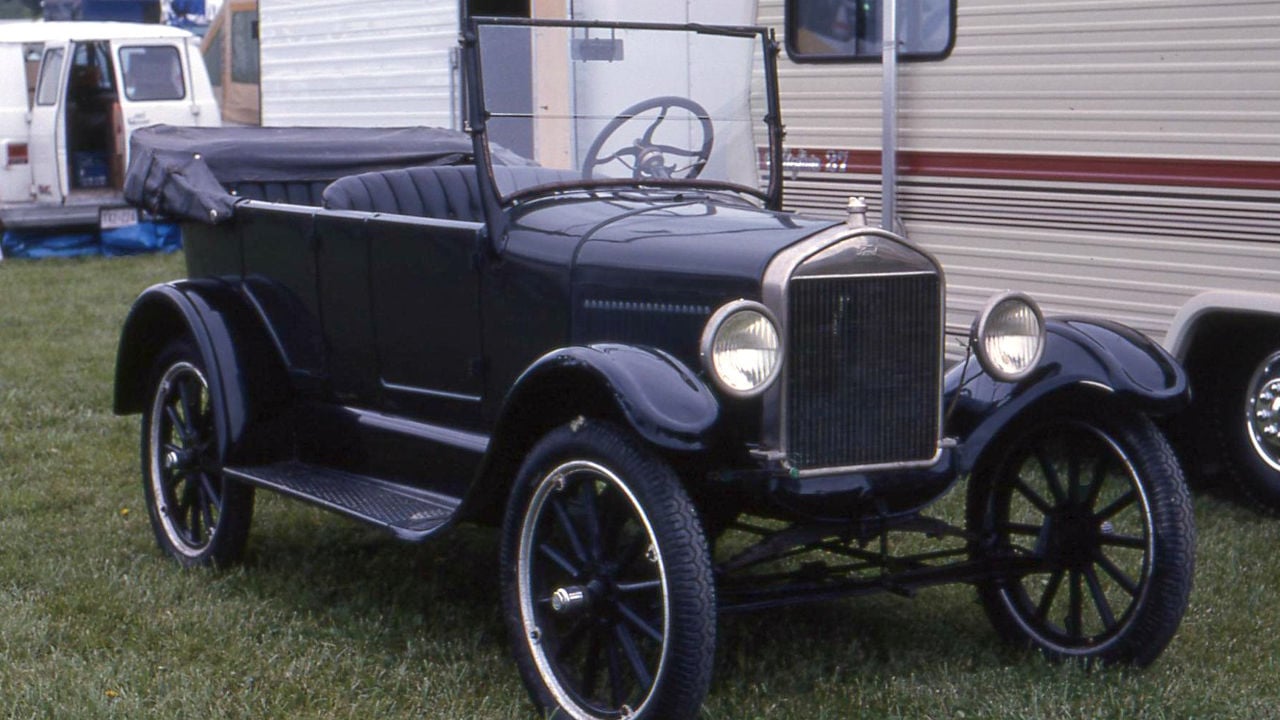
Introduced in 1908, the Ford Model T revolutionized personal transportation with its affordability, reliability, and ease of use. The “T” designation in its name reflects Henry Ford’s vision of creating a car that could accommodate families and provide practical transportation for everyday use, making it accessible to a wide range of consumers.
22. The Dodge Viper’s V10 engine was originally developed for a truck.
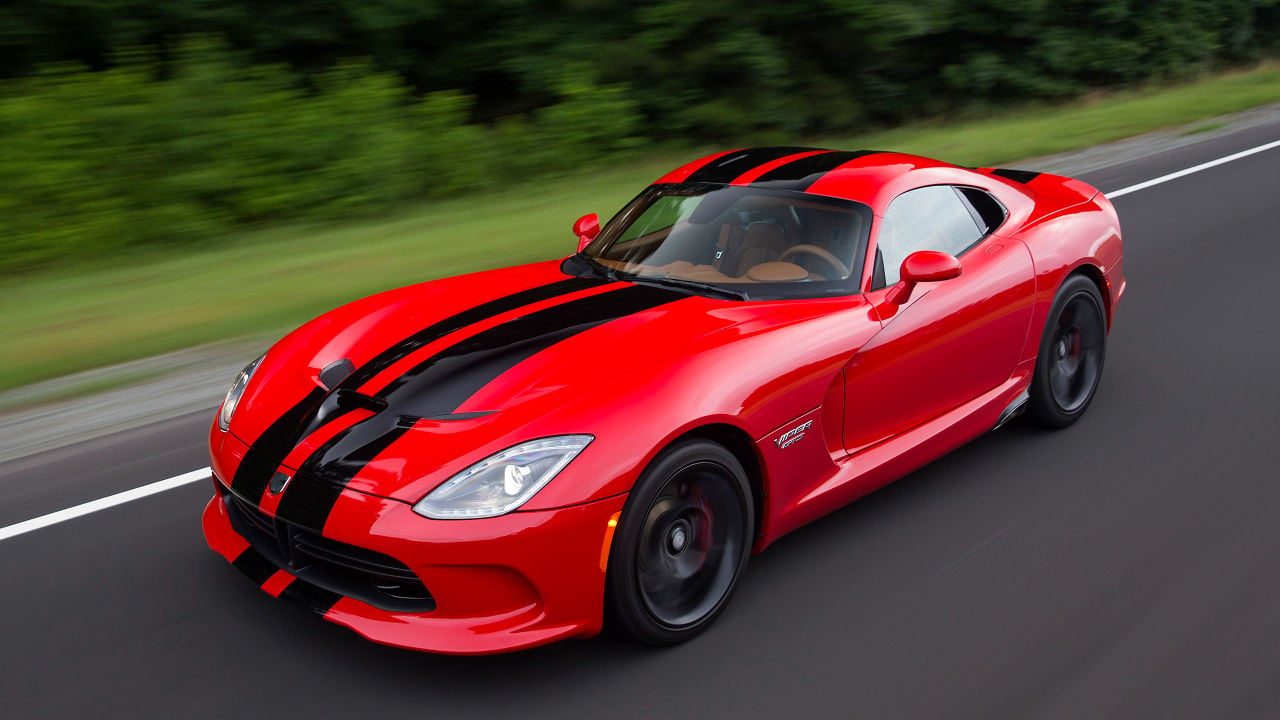
Originally developed for use in Dodge’s Ram pickup trucks, the V10 engine found a new home in the Dodge Viper, where its raw power and aggressive performance capabilities helped make the car an instant legend. With over 400 horsepower and 450 lb-ft of torque, the Viper’s V10 engine delivers exhilarating acceleration and a thrilling driving experience.
23. The Mini Cooper was originally produced by the British Motor Corporation and later by BMW.

Originally introduced by the British Motor Corporation in 1959 as a response to fuel shortages and economic austerity in post-war Europe, the Mini Cooper quickly became a cultural icon thanks to its innovative design, agile handling, and cheeky personality. In 1994, BMW acquired the rights to the Mini brand and launched a modernized version of the car, which retains the original’s charm and character while incorporating modern technology and engineering.
24. The Ford Mustang was introduced in 1964 and is credited with creating the “pony car” class of American automobiles.
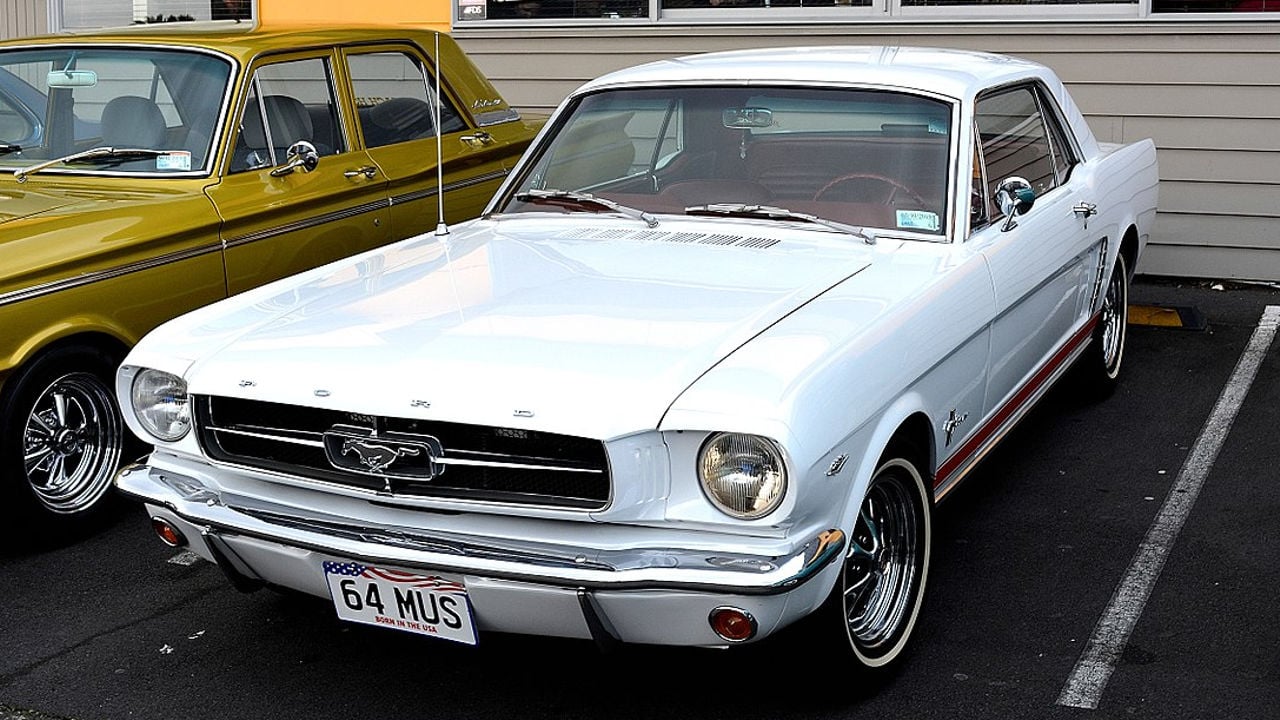
Debuting at the 1964 New York World’s Fair, the Ford Mustang captured the hearts and imaginations of Americans with its sleek design, affordable price tag, and customizable options. Its success spawned a legion of imitators and established the “pony car” class, which includes iconic models like the Chevrolet Camaro and Dodge Challenger. Today, the Mustang remains a symbol of American automotive ingenuity and continues to inspire passion and enthusiasm among enthusiasts around the world.
- SEO Powered Content & PR Distribution. Get Amplified Today.
- PlatoData.Network Vertical Generative Ai. Empower Yourself. Access Here.
- PlatoAiStream. Web3 Intelligence. Knowledge Amplified. Access Here.
- PlatoESG. Carbon, CleanTech, Energy, Environment, Solar, Waste Management. Access Here.
- PlatoHealth. Biotech and Clinical Trials Intelligence. Access Here.
- Source: https://teslatale.com/cool-car-facts/
